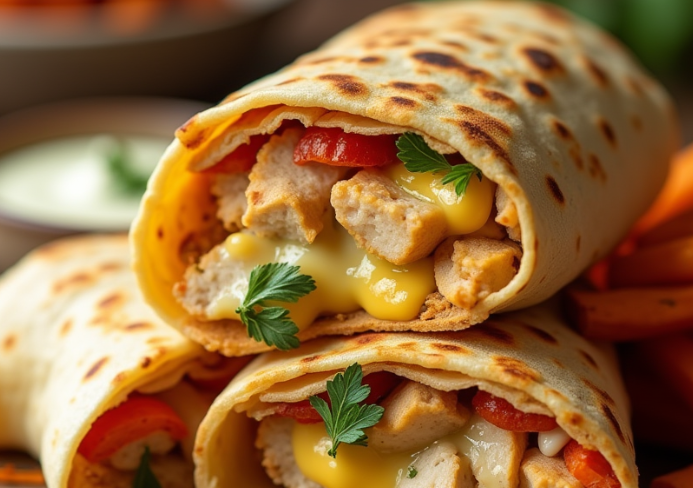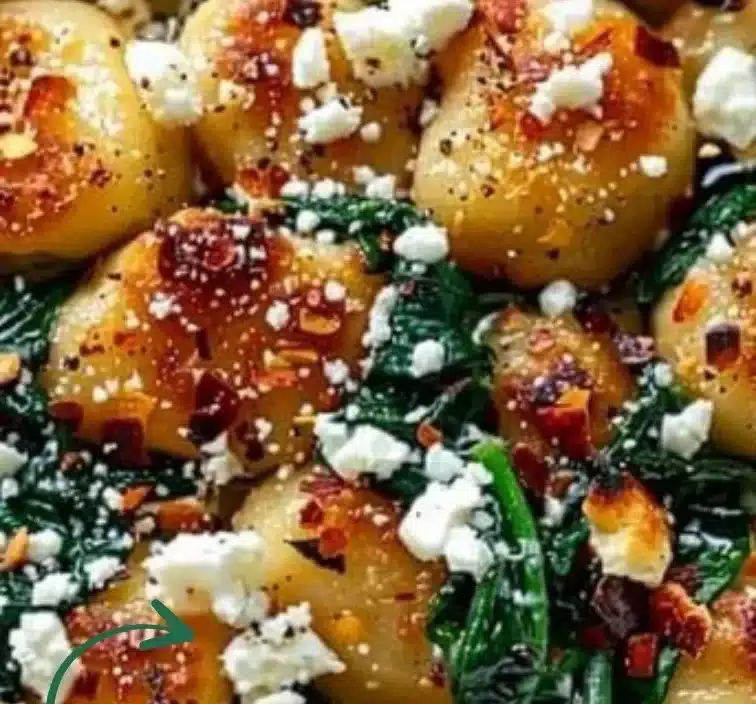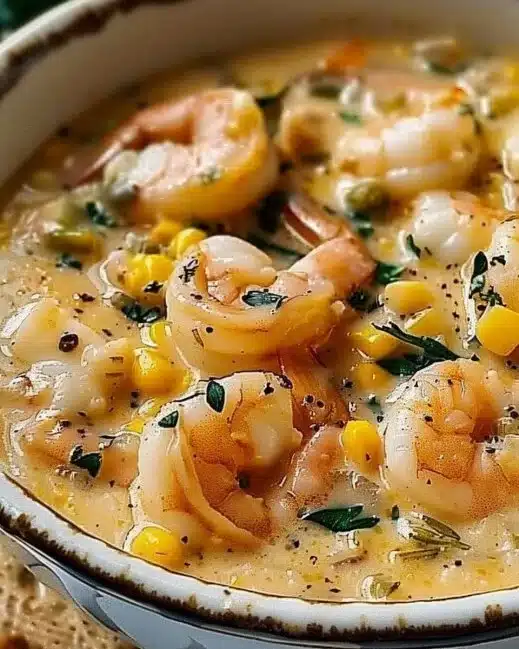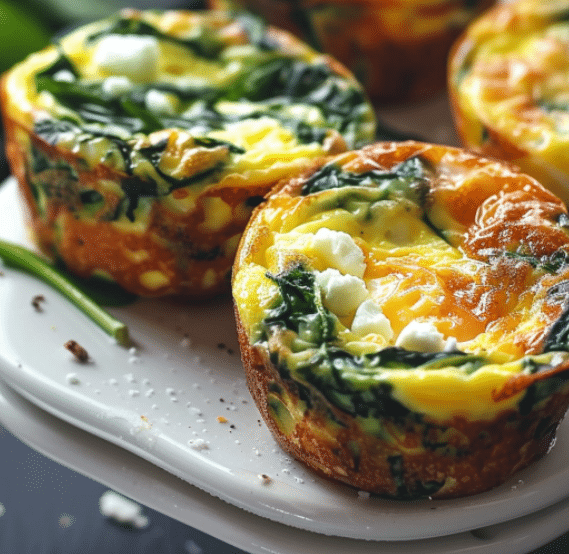Spring Vegetable Pasta: A Fresh, Flavorful Celebration of the Season
spring vegetable pasta : spring is a season of renewal—not just for the weather, but for your kitchen too. It’s the time when farmer’s markets overflow with vibrant, tender vegetables, and nothing showcases this bounty better than a beautiful bowl of Spring Vegetable Pasta. Light, healthy, and bursting with color and texture, this dish is the perfect blend of comfort and seasonal freshness.
Table of Contents
Whether you’re a busy home cook or a plant-forward foodie, this recipe offers the ultimate weeknight dinner that’s as quick as it is delicious. Plus, it’s endlessly customizable and can easily be made vegan, gluten-free, or protein-packed to suit your dietary needs.
Spring vegetables are not only delicious—they’re also nutritionally rich. If you’re not sure what’s in season in your region, you can check the Seasonal Food Guide to choose the freshest produce for your dish. Eating seasonally means more flavor, better texture, and a lower carbon footprint.
In addition to being a sustainability-friendly choice, spring vegetables like asparagus, peas, spinach, and zucchini offer a variety of health benefits. According to the Harvard T.H. Chan School of Public Health, a diet high in vegetables can help reduce the risk of chronic diseases, boost immunity, and improve gut health—all while being low in calories.
Why You’ll Love Spring Vegetable Pasta
- Quick and easy: ready in 30 minutes
- Versatile: works with almost any spring vegetable
- Healthy and vibrant: packed with nutrients and color
- Customizable: vegan, gluten-free, or protein-rich options available
Ingredients: The Stars of Spring
Here’s what you’ll need to make a flavorful Spring Vegetable Pasta:
- Pasta: Choose short pasta like penne or farfalle, or long strands like linguine. Gluten-free and whole wheat versions work too.
- Spring veggies:
- Asparagus
- Zucchini
- Green peas (fresh or frozen)
- Spinach or baby kale
- Leeks or scallions
- Aromatics: garlic, shallots, lemon zest
- Herbs: parsley, basil, thyme, or chives
- Extras: grated Parmesan, ricotta, or crumbled goat cheese
- Olive oil and pasta water for emulsification
- Optional: red pepper flakes, toasted pine nuts, or lemon juice for brightness
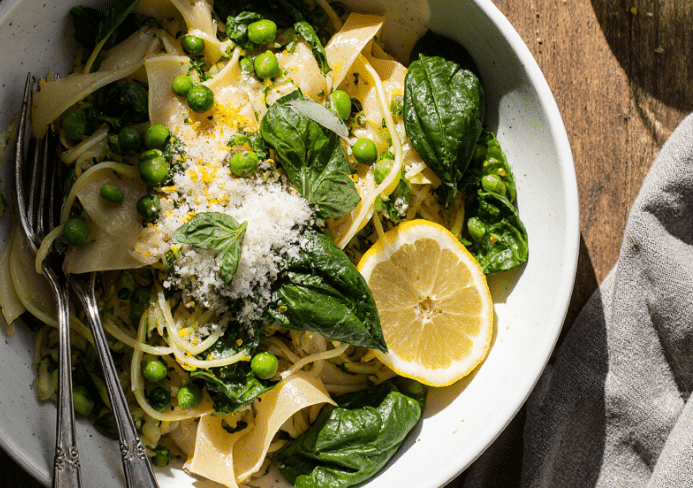
How to Make It: Step-by-Step
- Prep the veggies
- Trim and cut vegetables into bite-sized pieces.
- Blanch firmer vegetables like asparagus or peas for 2-3 minutes until tender-crisp.
- Cook the pasta
- Boil pasta in salted water until al dente.
- Save at least ½ cup of pasta water before draining.
- Sauté the aromatics
- In a large pan, heat olive oil.
- Add garlic, shallots, and red pepper flakes. Cook until fragrant.
- Add vegetables
- Sauté blanched and fresh vegetables until just tender.
- Add spinach or kale last so they wilt gently.
- Combine and finish
- Add drained pasta to the skillet with veggies.
- Pour in reserved pasta water to help bind the sauce.
- Toss in herbs, lemon zest, and cheese.
- Serve immediately
- Garnish with more herbs, a drizzle of olive oil, or freshly cracked black pepper.
Flavor Variations to Try
- Creamy version: Stir in a few tablespoons of ricotta or cashew cream for a richer texture.
- Lemon pesto twist: Add basil or arugula pesto with lemon juice for zesty brightness.
- Mediterranean flair: Include olives, artichokes, and sun-dried tomatoes.
- Protein boost: Add grilled chicken, shrimp, or chickpeas.
Choosing the Right Pasta
Not all pasta shapes are created equal when it comes to clinging to sauces and vegetables. Here’s a quick guide:
- Short pasta (penne, fusilli, farfalle): great for chunkier sauces
- Long pasta (linguine, spaghetti): works well with thinner, silky sauces
- Zoodles or spaghetti squash: ideal for low-carb or gluten-free diets
Want to nail the texture? Here’s a guide on how to cook pasta perfectly al dente, ensuring it holds up well against the vegetables without turning mushy.
Cooking Tips & Mistakes to Avoid
- Don’t overcook the vegetables—keep them bright and crisp.
- Always salt your pasta water for flavor.
- Save that pasta water—it’s liquid gold for binding your sauce.
- Add cheeses after removing from heat to prevent clumping or curdling.
- Don’t overcrowd your skillet—cook veggies in batches if needed.
What to Serve with Spring Vegetable Pasta
- Arugula salad with lemon vinaigrette
- Toasted garlic bread
- Tomato bruschetta or roasted cherry tomatoes
- White wine like Sauvignon Blanc or a citrusy mocktail
Storage and Reheating
- Store leftovers in an airtight container in the fridge for up to 3 days.
- Reheat gently in a skillet with a splash of water or broth to revive the sauce.
- Not freezer-friendly due to delicate veggies.
Frequently Asked Questions
Can I use frozen vegetables?
Yes! Just make sure to thaw and drain them properly to avoid sogginess.
How do I make it creamy without dairy?
Use cashew cream or a spoonful of tahini for a vegan creamy version.
Can I prep this dish ahead of time?
Absolutely. Prep the veggies and store them separately. Cook pasta fresh for best results.
Which herbs go best with spring vegetables?
Try parsley, basil, dill, mint, or even tarragon for a sweet anise note.
How can I make it more protein-rich?
Add grilled chicken, sautéed shrimp, white beans, or even crumbled tofu.
Spring Vegetable Pasta is a feel-good dish that combines ease, elegance, and nutrition into one vibrant bowl. Whether you’re cooking for yourself, your family, or a dinner party, this seasonal recipe is a guaranteed crowd-pleaser with endless possibilities.
PrintSpring Vegetable Pasta: A Fresh, Flavorful Celebration of the Season
- Total Time: 30 minutes
- Yield: 4 servings
- Diet: Vegetarian
Description
A vibrant, seasonal pasta dish loaded with spring vegetables like asparagus, peas, zucchini, and spinach. Finished with lemon zest, Parmesan, and fresh herbs for a light yet flavorful meal.
Ingredients
- 8 oz pasta (penne, farfalle, or spaghetti)
- 1 cup asparagus, chopped into 1-inch pieces
- 1 cup fresh or frozen peas
- 1 zucchini, thinly sliced or spiralized
- 2 cups baby spinach
- 2 cloves garlic, minced
- 1 shallot, finely chopped
- Zest of 1 lemon
- 2 tbsp olive oil
- ¼ cup grated Parmesan (or ricotta/goat cheese)
- Salt and freshly ground black pepper to taste
- Optional: red pepper flakes, fresh herbs (basil, parsley)
Instructions
- Prep vegetables: Chop asparagus, spiralize zucchini, and wash spinach.
- Blanch peas and asparagus: In salted boiling water for 2–3 minutes. Remove and set aside.
- Cook pasta: Boil until al dente. Reserve ½ cup pasta water, then drain.
- Sauté aromatics: In a large skillet, heat olive oil. Add garlic, shallot, and red pepper flakes. Cook for 1–2 minutes until fragrant.
- Add veggies: Toss in blanched vegetables and zucchini. Cook for 3–4 minutes until tender. Add spinach and wilt for 1 minute.
- Combine: Add drained pasta to the skillet. Pour in reserved pasta water. Stir in lemon zest, Parmesan, and herbs. Toss well to coat.
- Serve: Plate and garnish with extra cheese, herbs, and a drizzle of olive oil.
Notes
For a protein boost, add grilled chicken or chickpeas. Swap Parmesan with vegan cheese for a dairy-free version. This dish is best served fresh but can be refrigerated for up to 2 days.
- Prep Time: 15 minutes
- Cook Time: 15 minutes
- Category: Main Course / Pasta
- Method: Boiled / Sautéed
- Cuisine: Vegetarian / Spring

